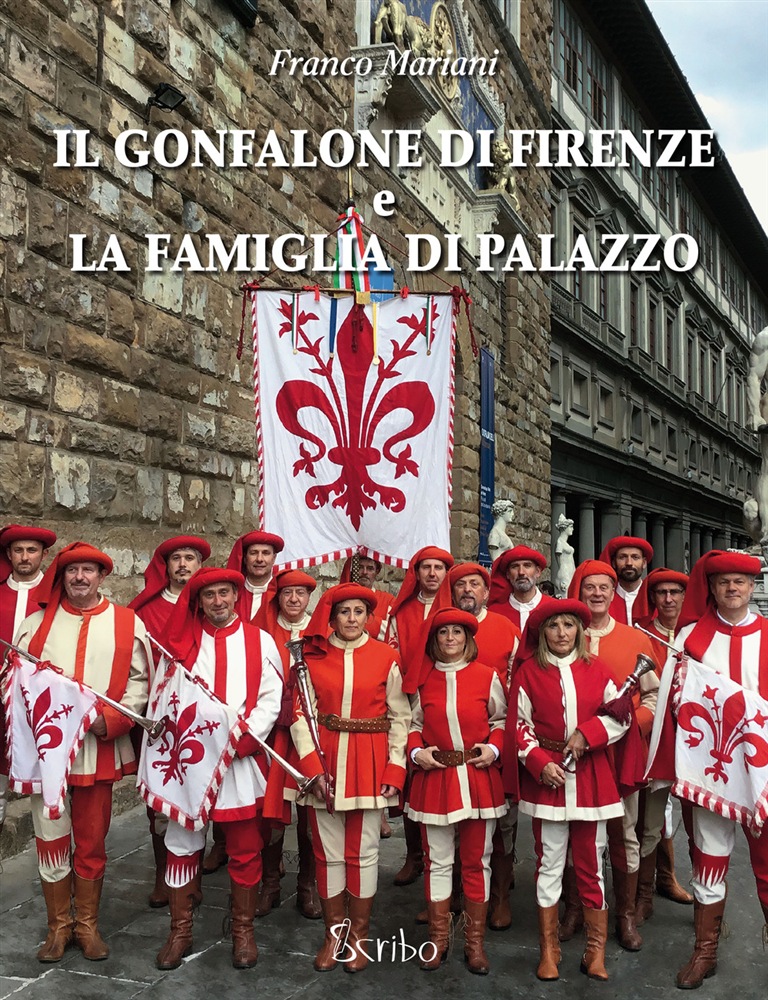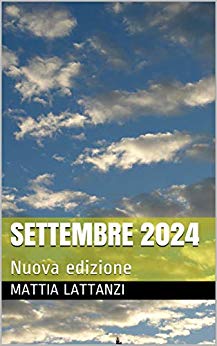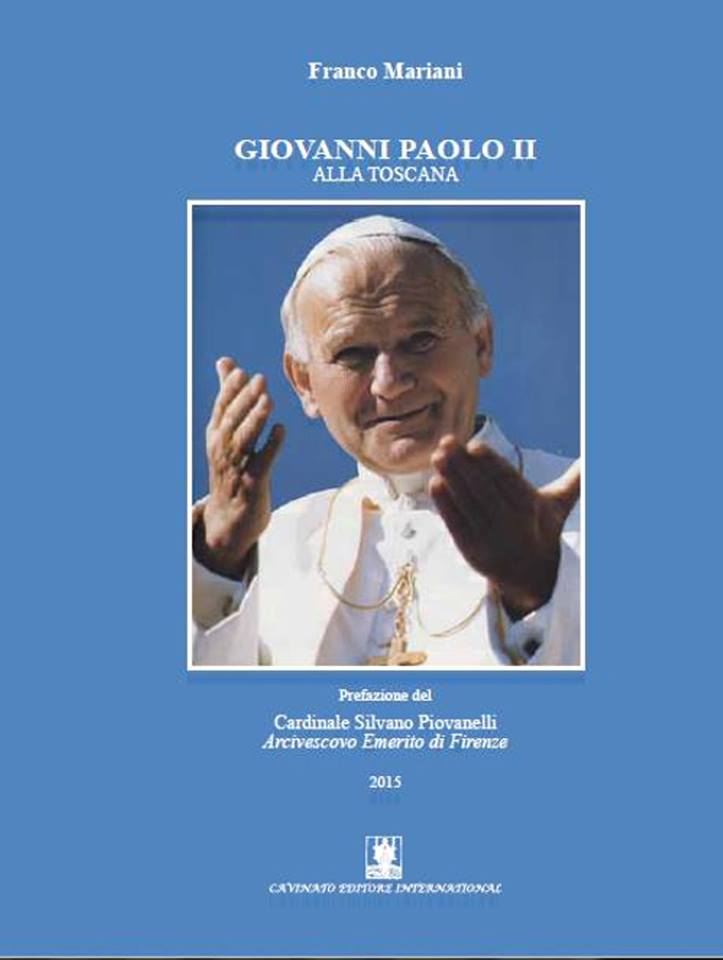New path for the crypt under the cathedral
On the occasion of the Feast of Santa Reparata, celebrated last Wednesday 8 October 2014, the Opera di Santa Maria del Fiore opened to the public the new exhibition of the Church of Santa Reparata in Florence Cathedral.
The archaeological site of the Church of Santa Reparata, beneath the Cathedral of Florence, was opened to the public in 1974, after a series of excavations lasted about ten years.
To date, it is the only witness, accessible by the public, dell'antica Florence.
Here visitors can see not only the history of the Cathedral but the past and the history of urban Florence lesser known, Roman and early Christian.
The new exhibition has a course of time ranging from the first century AD. al XIV secolo: from the remnants of the Roman era, existing prior to the construction of the church, at its founding in early Christian era, the early medieval period and the Romanesque.
Panels and video in Italian and English language support visit.
A new lighting highlights the key points of the narrative, such as the beautiful mosaic floor of the early Christian era, made by craftsmen North African, to geometric figures and with an emblem shaped peacock.
Everything contributes to make the route more accessible and unified.
"It is – as stated by the architect Samuel Caciagli that for the Opera di Santa Maria del Fiore designed the setup – in a process that favors the readability of complex stratification of the site, also with the aid of modern technology ".
The new exhibition is part of a series of measures put in place by the Opera di Santa Maria del Fiore to enhance the enjoyment of the monuments of the "Great Cathedral Museum": the new guided tour of the Cathedral (already active), the rearrangement of the Campanile di Giotto, in addition to Santa Reparata, the placement of a new interior and exterior signage monuments.
According to some medieval traditions, the foundation of the Church of Santa Reparata is to be traced back to the victory over the barbarian hordes of Radagaiso, defeats in 405 d.C. near Florence on the day dedicated to the saint.
A convergent series of data allows you to restrict the early decades of the fifth century AD. the construction phase of the oldest church, by 52 meters in length 25 width, internally divided into three aisles separated by two rows of 14 column, wedges made of strong stone plastered.
A mosaic floor in geometric shapes (hexagon, losanghe, nodes of Solomon), with the center of the nave an emblem depicting a peacock, still visible even if it is missing in some parts.
Also in the nave, more in the direction of the original facade, a long inscription with the names of the donors of the mosaics, divided according to the number of "feet" funded.
The building of this age are also preserved parts of the wall of the northern and the southern. The eighth against the XI sec. d.C. The church keeps the proportions earlier though many changes are made mainly concentrated in the presbytery: rebuilding of the apse, construction of two bell towers, Southern shrine chapel with cross, transformation of the original columns in a rectangular pillars.
From this period dates the floor tiles with marble fragments of stone and reuse, lying about 20 inches above the mosaic, of which are visible parts.
L’ultima fase, the Romanesque, experienced the greatest changes in the church.
The building was raised, seven pillars on each side of the nave and two aisles divided, a chapel northern speculate that the early Middle Ages gave rise to a plant in the transept.
From this period dates the new floor tiles at about 65 cm above the previous.
"Controversial are the assumptions related to the crypt" – explain archaeologists Lorenza Camin and Fabrizio Paolucci – according to the most accredited under the nave was built in the eleventh century already, and then be expanded during the XIII up to occupy the aisles ".
The church was decorated with frescoes and continued to be a privileged place of burial until the end of the fourteenth century, when the construction site of the new cathedral was in an advanced stage of execution.
Frank Mariani
By the number 34 – The Year of 8/10/2014
Recoveries Mauro Pocci
Video service created in collaboration with Tuscany Web Tv
For information on opening times and how to visit the Church of Santa Reparata:
http://www.ilgrandemuseodelduomo.it/
Reparata fa the largest "Grande Museo del Duomo"
which can be accessed with a single ticket 10 euro
Opening Hours 10 – 17
Thursday, (May and October) 10 – 16
Saturday 10:00 – 16:45







Follow Us!